Māori Summer Internships 2024-25
In this section
Poipoia kia rere – helping the fledgling to fly
These internships are open to tauira Māori in their 1st, 2nd, 3rd, or final year at University or Wānanga looking to grow their skills and career pathways in Māori informed and mātauranga Māori led research. Each intern was mentored through a kaupapa Māori-led programme plan and worked alongside experienced Manaaki Whenua scientists, and was paid the 'living wage'.
2024-25 was the fourth summer of the Poipoia Kia Rere programme, run by Manaaki Whenua.
Piirairaka dispersal
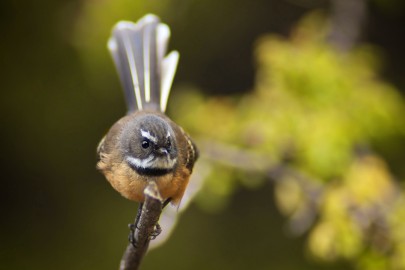
Piirairaka (Waikato-Tainui name for NZ fantail, Rhipidura fuliginosa)
Improving our understanding of habitat use and connectivity between sites for piirairaka – an iconic manu
Location: Kirikiriroa | Hamilton
We will study nesting habitat, juvenile survival, and natal dispersal (subadult movement from nest site to breeding site) of piirairaka in linear forest fragments that are features of Hamilton gullies.
This mahi is part of the Restoring Urban Nature programme led by University of Waikato that aims to increase biodiversity in Aotearoa cities.
Te hauora o ngā Ngahere Mangōnui
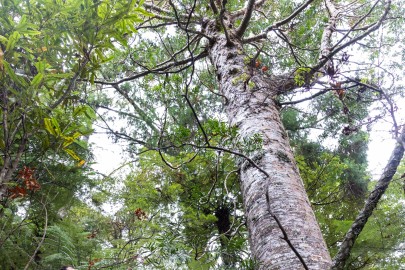
Te Tai Tokerau forest
Developing skills to assess forest health
Location: Mangōnui | Lincoln, Canterbury
This will include seedling regeneration in Puketītī, forest health at Te Moehau; both described by mana whenua as wāhi taonga. The intern will be working alongside mana whenua to enhance knowledge of mātauranga, and working alongside Māori Manaaki Whenua staff.
Seed banks of cyclone-damaged lowland forest in Te Tai Rāwhiti
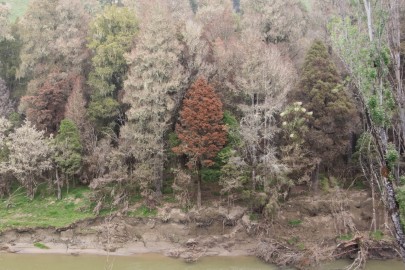
Te Tai Rāwhiti forest is showing signs of serious dieback due to sediment deposition after Cyclone Gabrielle. Image: Malcolm Rutherford (QEII National Trust).
Characterising the seed bank communities of lowland floodplain forest in Te Tai Rāwhiti, an ecosystem that was heavily impacted by Cyclone Gabrielle.
Location: Mangōnui | Lincoln, Canterbury
This intern project will complement work already underway in the region, where we are collaborating with multiple Iwi groups (e.g., Te Aitanga-a-Hauiti in Whareponga and Uawa, and Rongowhakaata in Gisborne) to monitor damage to and recovery of lowland forest fragments following Cyclone Gabrielle.
Te Kohinga Hekaheka o Aotearoa NZ Fungarium (PDD) – adding value and accessibility for Iwi
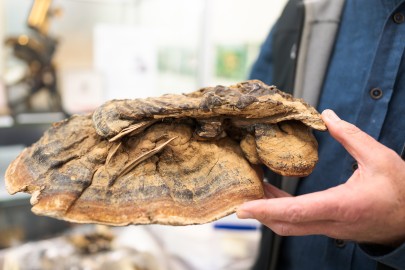
Fungi specimen from the NZ Fungarium
Enhancing value to iwi of the taonga that is Te Kohinga Hekaheka o Aotearoa NZ Fungarium (PDD) and to increase accessibility
Location: Tāmaki Makaurau/Auckland
The intern will be identifying fungal specimens from their rohe, exploring Rongoā uses/benefits of the species using available resources, creating a dataset with identified species usage, e.g., kai, medicine, etc., and portraying specimens in a map using available tools.
Thermal tolerance of Indigenous plants under drought conditions
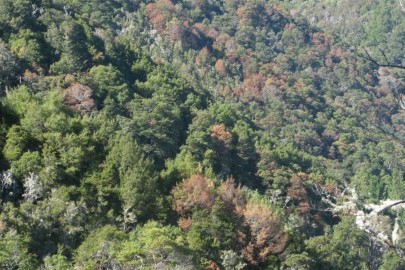
Dead silver and red beech. Image © Michael North via DOC
Determining the thermal tolerance of different indigenous plant species using the state-of-the-art technique and quantifying their critical temperature under different drought conditions.
Location: Te Papaioea | Palmerston North
This intern will be measuring the temperature response curve of minimal chlorophyll a fluorescence in the lab, sampling plants in the field, analysing plant growth in the lab, and undertaking data analysis and computer programming. They will also undertake a literature review.
